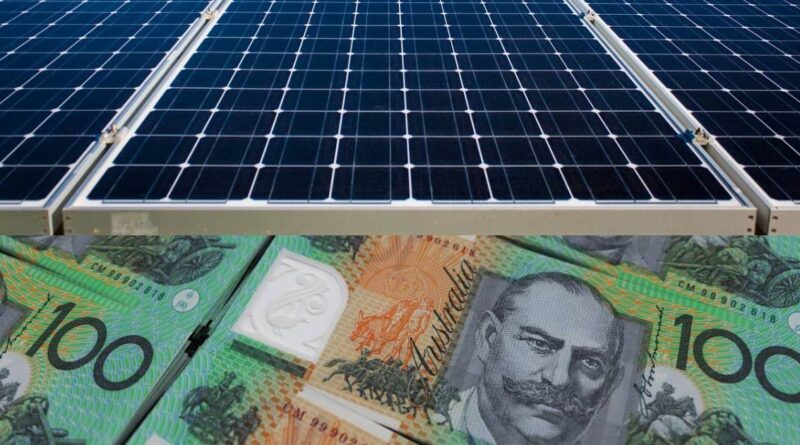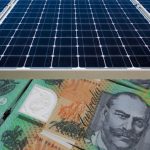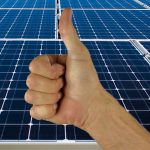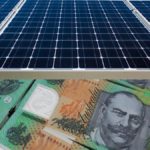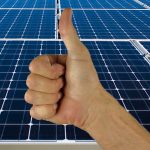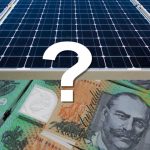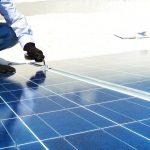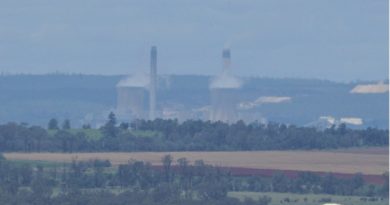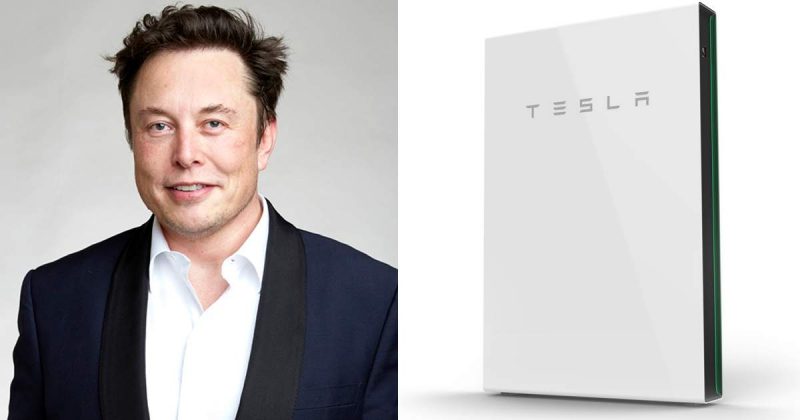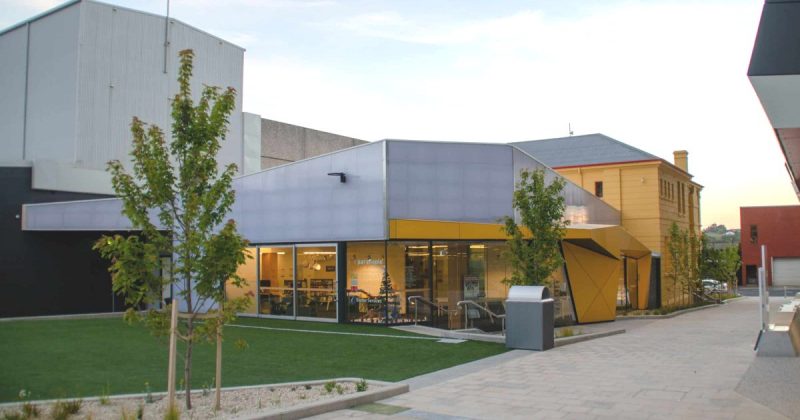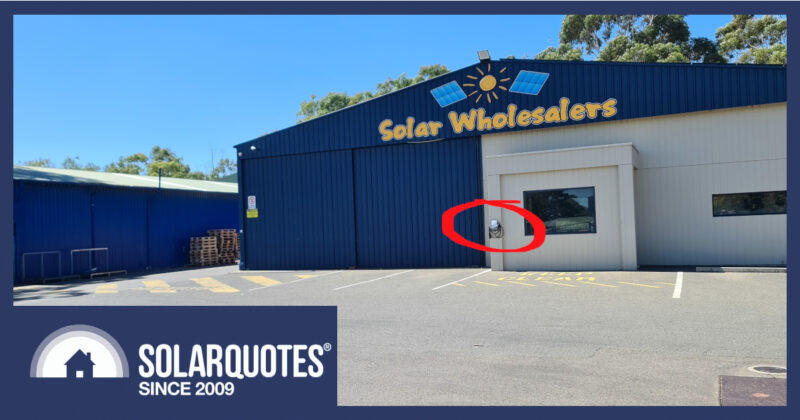Australia’s Solar Rebate In 2023: Looking Ahead
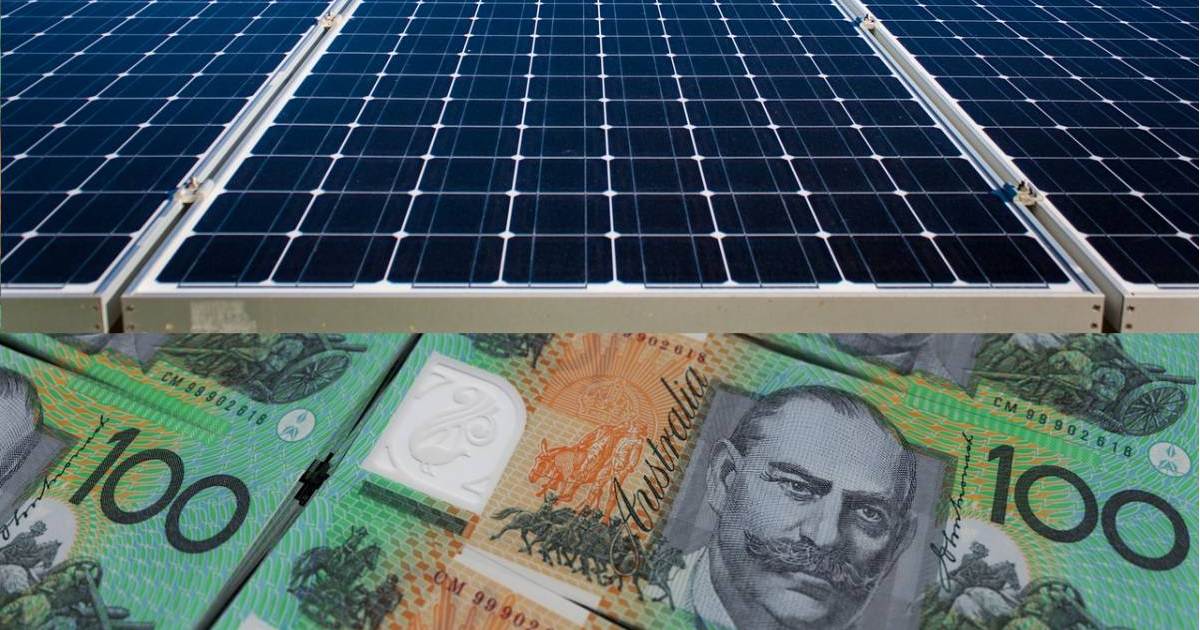
2022 has zoomed by, and it won’t be long before Australia’s national solar rebate will get another haircut. Here’s what you need to know – and why getting quotes sooner rather than later could be a good move.
While called a “rebate“, the incentive is actually an up-front subsidy1 applied at the point of sale that can slash thousands off the purchase cost of a typical home solar power system, and in the case of bigger systems to 100kW capacity; up to tens of thousands.
The subsidy is based on bits of virtual paper called STCs (Small-scale Technology Certificates). While STCs can’t be created until after system is installed, their value (minus admin fees) is provided as a point-of-sale discount.
The number of certificates a system is eligible is based on several factors – the geographical location of installation, solar panel capacity and importantly, the year of installation. The value of these certificates fluctuates with market conditions, and STC spot prices this year have generally been fairly steady.
Why Year Of Installation Impacts The Solar Rebate
The rebate has reduced each year on January 1 since 2017 as part of a planned phase-out, and will drop to zero in January 2031. So, when the calendar flips over to January 2023, there will be another reduction.
Just as an example, an eligible 10kW solar system installed in Brisbane on December 31 will be eligible for 124 STCs. That same system installed on January 1 will be eligible for 110 STCs – 14 fewer certificates.
Tip: to find out how many STCs a system is eligible for now and next year, try SolarQuotes’ STC calculator; it’s super-easy to use.
So, How Will That Impact The Subsidy?
Based on STC spot prices remaining steady and minus admin fees, the 10kW solar power system installed in 2023 will eligible for around $500 – $600 less subsidy (i.e., up-front discount) – it’s a significant chunk of change.
It’s Only October, Plenty Of Time – Right?
The key thing to bear in mind is the rebate is based on installation date, not the date a sales contract is signed.
Good solar installers are generally pretty busy, so from the time you get quotes to choosing an installer, to having the panels on your rooftop can be some weeks. I had a new system installed recently and from the time of initial enquiry to further discussions, proposal tweaks etc., through to installation finalised was around 6 weeks. My understanding is 6 weeks go to whoa is a fairly common timeframe – but it can be longer in some areas depending on demand and installer availability.
As installers’ books start filling for pre-2023 installations, they’ll then start quoting based on a 2023 install with the rebate reduction factored in. While it’s certainly not time to panic-buy – and it never is as that can lead to a poor purchase decision – if you’re on the cusp of getting around to getting quotes, now is a good time to pull the trigger.
The other important points to consider:
- The longer your rooftop is without solar panels, the longer your household or business is locked into electricity bills much higher than they would otherwise be.
- Even if you can’t get solar installed in 2022 for whatever reason, a (good quality) installation in 2023 will still be a great investment. Hopefully there will be reductions in system hardware costs between now and then, but that’s not guaranteed.
While on the topic of incentives, you can check out what else is available for solar, batteries and even electric cars in each Australian state and territory on SolarQuotes’ rebates and subsidies page.
Original Source: https://www.solarquotes.com.au/blog/solar-rebate-2023-mb2665/

